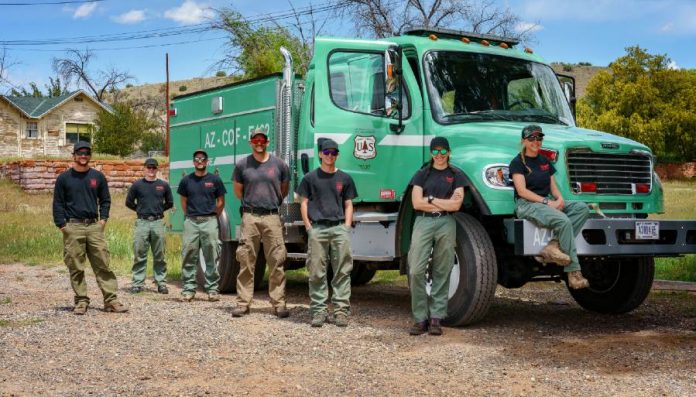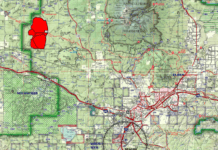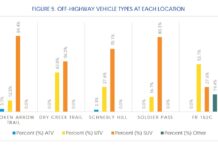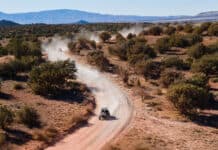
With the prospect of a wildland fire season ramping up at time when the COVID-19 respiratory virus is still lingering in the population, local fire fighting agencies are planning an aggressive suppression strategy this year aimed at extinguishing fires as quickly as possible, a markedly different approach from normal years.
Prior to this year’s COVID-19 complications, the U.S. Forest Service and other agencies have increasingly looked to low-intensity, managed fires on wildlands to improve ecosystem health and reduce undergrowth that can lead to intense, out-of-control fires. This fire strategy has meant allowing unintentional fires and prescribed burns to reduce excessive undergrowth when conditions are favorable.
But this year, wildland fire managers are planning a strategy of aggressive suppression of all wildland fires, both lightening and human-caused, and Coconino National Forest is suspending prescribed burns.
“We want to try to limit the amount of fire that is out on the landscape this year, which is in contrast to what we’ve been trying to do around here. We’ve been trying to get fire out on the landscape. But for obvious reasons, for the health of our firefighters and the public in general, we need to limit those as best we can,” said James Pettit, fire staff officer for Coconino National Forest.
“Obviously this is a respiratory virus, so as few particulates as we can get into the atmosphere the better,” Pettit added.
While studies on short-term smoke impacts from fires and COVID-19 are not available, a Harvard University study released April 5 found that people with long-term exposure to high levels of fine particulate air pollution had a 15% higher chance of dying from the disease.
Another benefit of the quick suppression strategy this year, according to Pettit and Russ Shumate, a district manager for the Arizona Department of Forestry and Fire Management, is reducing the need to bring large numbers of fire fighters and support staff together for long operations. Shumate noted that managing a large fire can involve fire camps with 500 people. Controlling spread in these conditions might be challenging.
Shumate said quick suppression will also allow the state fire agency to manage fires with fewer resources, something he is expecting this year. He noted that this year the state will not be mobilizing its inmate fire fighting crews — which accounts for 240 fire fighters — due to COVID-19 concerns. Shumate thinks interstate sharing of fire fighting resources might be reduced compared to typical years.
“Once a fire occurs, we’re really going to try to stop that fire so it doesn’t get big and we don’t have to pull in large groups of people to start suppressing that,” Shumate said. “In that initial attack, you’re just dealing with those initial fire trucks and the command staff that’s responding to actually fight the fire.”
Pettit noted that the strategy this year will be reminiscent of the approach taken by federal agencies in earlier decades, when the value of fire in forest health was not as well understood.
“In the previous days of the Forest Service they had what they called a ‘10 o’clock rule’ — the goal was to suppress all fires before 10 o’clock the next morning. We’re not going to state it as that aggressive, but it’s a real similar strategy [this year]” Pettit said.
The USFS instituted the “10 a.m. policy” in 1935. It was officially replaced in 1977 with a policy that expanded fire fighting strategies to include managed burns.
Pettit said that other than COVID-19, he is expecting “an average fire season” in Northern Arizona, thanks to good winter and spring precipitation. Unusually hot and windy conditions can always dry out vegetation faster than expected, but so far that does not appear to be on the horizon.
Shumate said the region’s wet winter and spring means that “problematic” fires will probably not appear in the mid to upper elevations, 3,000 feet and above, until later in the season, with fire activity likely peaking in June and July.
“The deeper we get into June, the drier the fuels are, the more problematic the fires can become until we hit the monsoon season,” Shumate said.
Pettit said that the public can help fire fighters deal with the fire season during COVID-19 by taking extra precautions to prevent ignitions.
“We need help with limiting those fires out on the landscape. A majority of the fires we get are human caused. A lot of them are based on folks out building campfires and then not properly extinguishing them before they leave,” he said.
A release from the Arizona Department of Forestry and Fire Management noted that last year 78% of the 1,867 wildland fires in Arizona were human-caused.





















